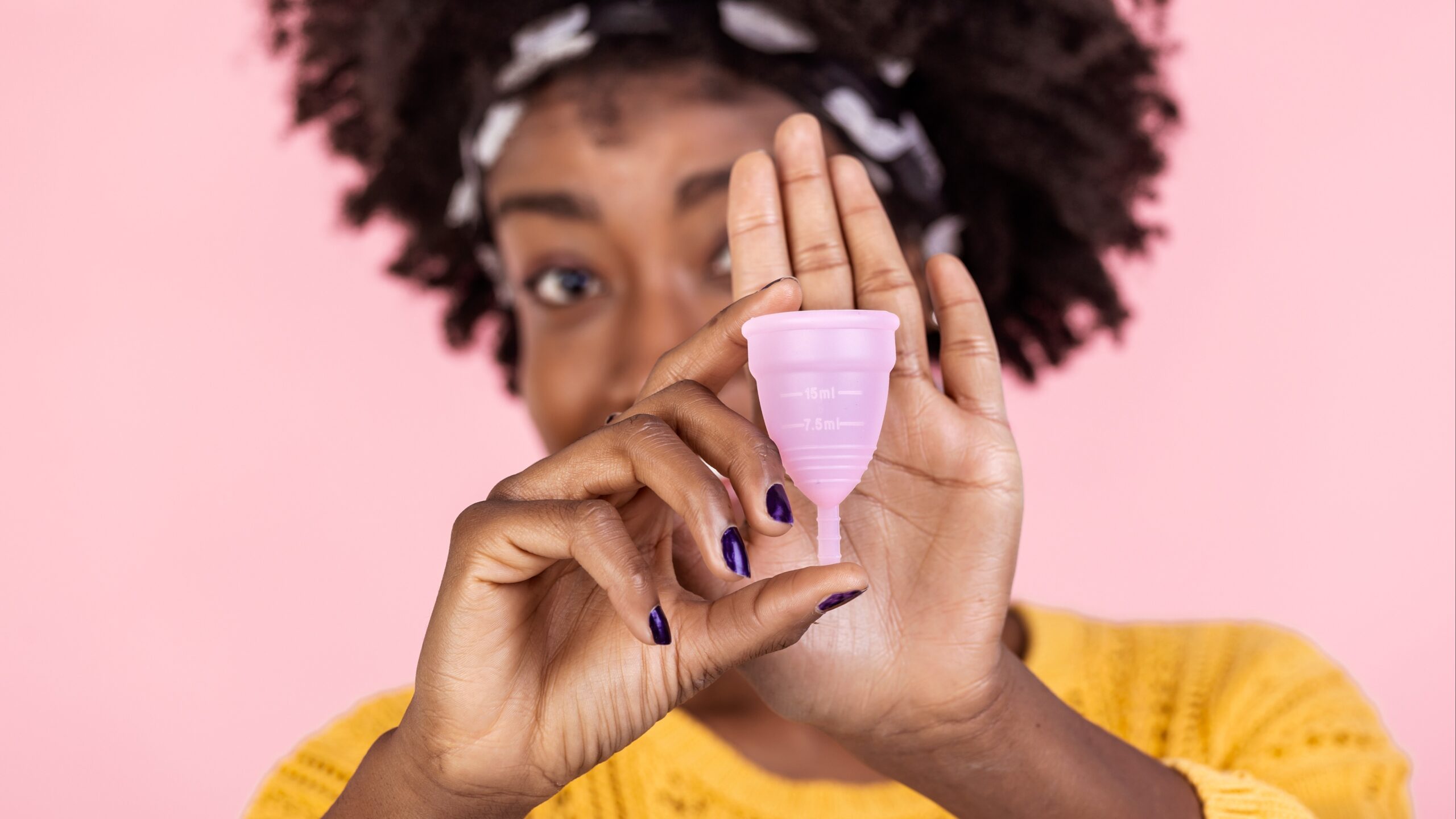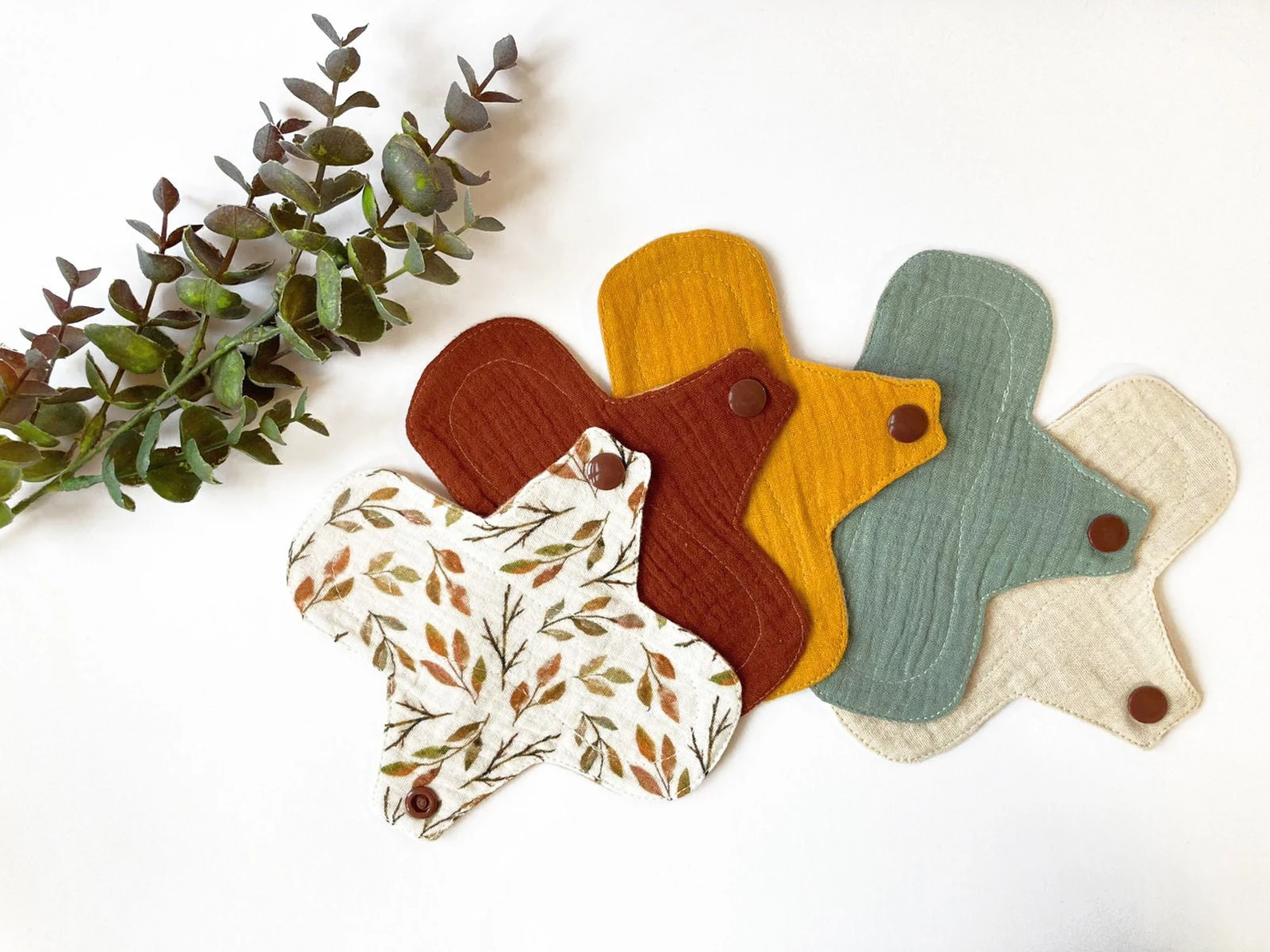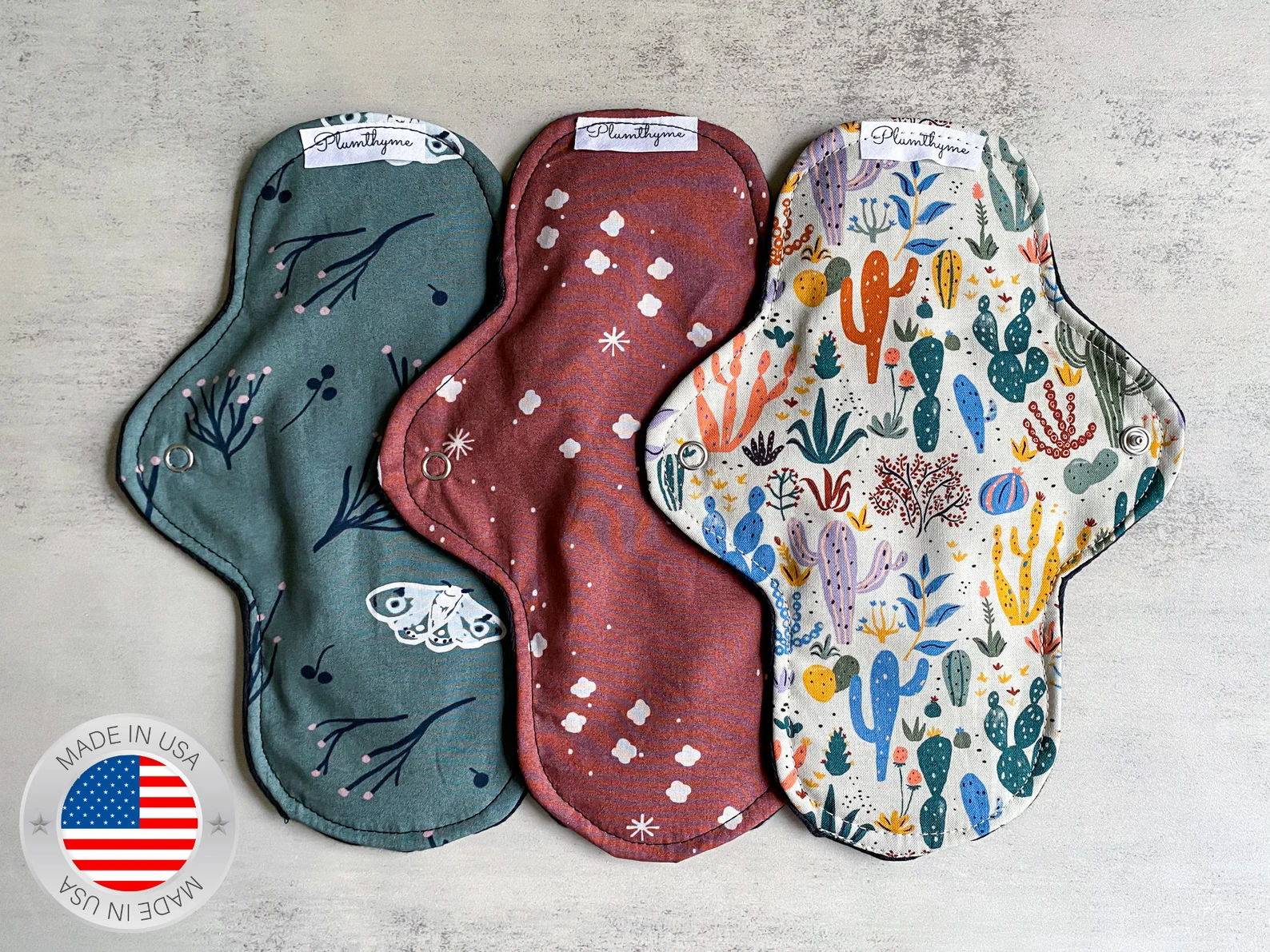
Finding and using menstrual products can be a real pain. Not only can they be uncomfortable, expensive, and bad for the environment, but do we really know what’s in them chemically? All in all, they’re a hassle — the disposable ones, anyway.
Reusable menstrual products have been around for a while now, but recently they’ve gotten a lot more user-friendly. There are so many myths surrounding them, such as how unhygienic they are (not true) and how expensive they can be (partially true but only in the short run). But there are so many benefits to making the switch, from financial to health and simple comfort. And hey, you can get some super-cute designs these days, too.
So why should you encourage your teen (and yourself) to make the switch to reusable menstrual products?
They’re BPA-free and way healthier.
My biggest issue with disposable products was realizing just how many preservatives were caked into my pads. For years I had collected BPA-free water bottles only to realize that BPA was literally touching my nether regions for at least three solid days per month. I spent around 15 years with the additives of disposable pads and tampons and have no way of knowing if any of my health conditions could have possibly been caused or exacerbated by them. My almost constant UTIs and bouts of thrush have declined significantly since I switched to reusable pads. And though I can’t prove it, there’s certainly research to back up the correlation.

If your teen can skip disposable products completely, then maybe they too can decrease the risk of vaginal and urinary complications early on, as well as the dreaded toxic shock syndrome. So long as you regularly sanitize your products, they’re just as hygienic as the disposable ones, and a lot safer in the long run.
They’re way more comfortable.
If you’re a regular user of the disposable pad, you know how irritating that plastic feeling can be. If you’ve ever applied a wing incorrectly and had the sticky part rub against your thigh all afternoon, then I’m happy to tell you that those days can be over. The cloth pad attaches to your underwear via little snap buttons, and since the cloth is fibrous just like your underwear, it doesn’t slide around with your movements.

To me it feels like I’m just wearing thick panties, rather than a papery alien nappy. If you go the route of period pants, it can literally feel like you’re wearing no products at all. Personally I like to sleep in period pants toward the end of my cycle, or when I wake up in the middle of the night and realize it’s started. They’re great for those with arthritis or hand pain since there’s no need to fiddle with clasps or squeeze in a cup. You just need to change them as much as you would a pad.
It’s sustainable.
A huge part of why society has slowly turned against disposable sanitary products is the negative impact they have on the environment, whereas reusable products have a significantly smaller impact. With proper care, one menstrual cup can last up to 10 years, and each pad up to four years. Plastic pads and tampons can’t be recycled, animals can choke on them, and the factories that make them have a huge carbon footprint. According to Stanford Magazine, around 12 billion pads and 7 billion tampons are discarded annually. That’s not to say that those who menstruate need to feel guilty about that impact, especially since beauty companies have made a business out of our periods. But it’s just something to consider if you want to help the environment in whatever way you can.
They can be worn for longer.
With silicone cups, you can also leave them in longer than you would a tampon or pad. Since silicone is antimicrobial, it’s way less likely to hold on to bacteria the way a disposable cotton tampon would. According to Media Plastic News, “The silver nanoparticles incorporated in the silicone material act as antibacterial agents to prevent dangerous microbes such as E. coli and MRSA from growing and multiplying on the silicone." It’s still recommended to take them out every 10 or so hours, but that’s a lot more convenient than the six-hour mark of the average disposable tampon.
Cups are perfect for long school days as no one likes to excuse themselves in class to swap out their tampon or pad. It’s time-consuming, and though your teen needn’t be ashamed by something so natural, other kids can be cruel. Since cups can be intimidating and involve regular boiling for cleanliness, menstrual pads are probably the more entry-level reusable sanitary product. But it’s never too early to learn the ways of the cup!
It’s cheaper in the long run.
That being said, reusable sanitary products are still an investment. Just one reusable pad, period pants, cup, or tampon can cost as much as a full pack of disposable products or more. So at first it seems more expensive, but as the months roll by, you’ll eventually stop buying new ones. According to SWNS Digital, the average period haver spends $13.25 a month on menstrual products. That's around $6,360 in an average reproductive lifetime. So let's think about that $13 for a moment. Say you buy two reusable pads for a total of that amount one month, using any disposable pads you have left over. Next month buy another two, that's around $27 overall so far. Then buy as many more as you need depending on how long your period lasts, that's not much more than $50 at most. Then the buying stops.

You don't reach that six grand for the year because you spent a little more per month very early on and didn't throw anything away. It depends if you have that money early on, of course, but if you do, then $50 is way better than six grand. Prices will depend on where you purchase them, and it gets even cheaper if you make them yourself. Starter kits can seem expensive, but after doing the math, it really does work out as cheaper even six months in. Etsy, Flowerette, and Daye are great places to check out, offering products as cheap as $5. It’s never been easier or cheaper to get into it!
If you start early with your teen, by the time they move to college or get a job they’ll have a healthy collection of reusable products. Not only will it save you money as a parent, but they'll save money too as they approach adulthood.
 Starting at
$6.04
from
Starting at
$6.04
from
 $29
from
$29
from




